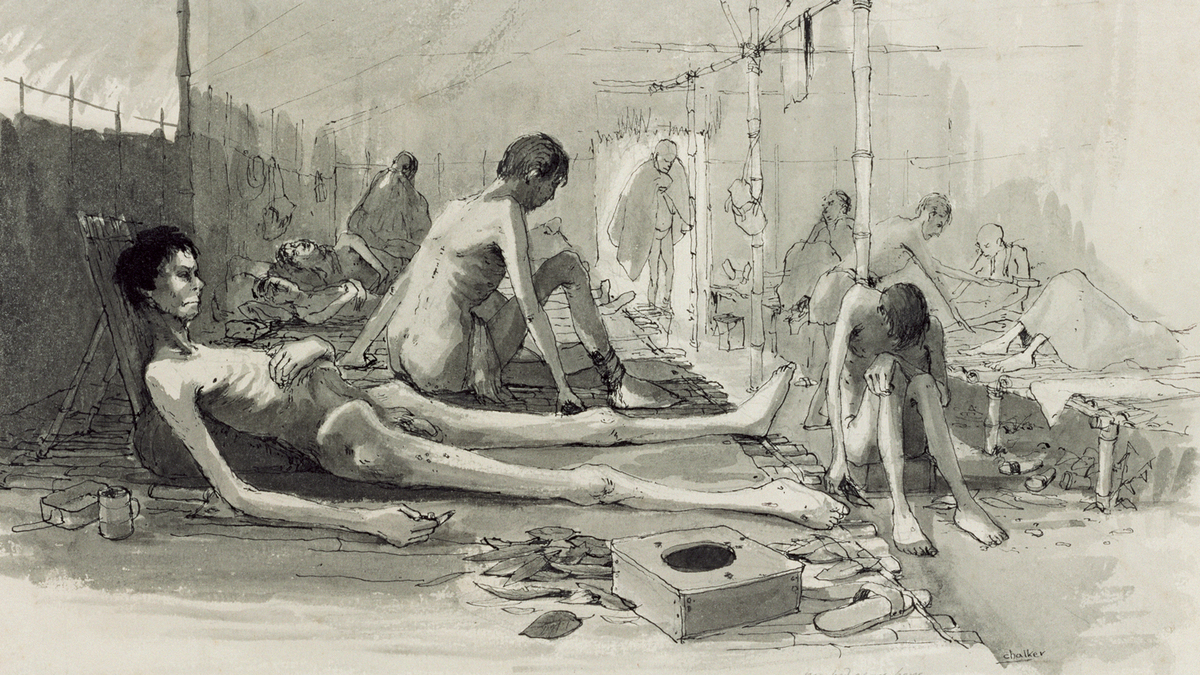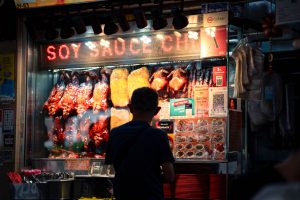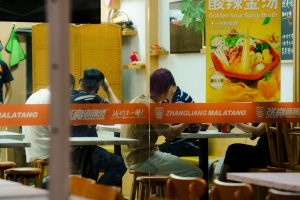In 2009, during a holiday in northern China, I caught a mild case of dysentery from eating unclean food. Though mild by historical standards, it was still the most painful experience of my coddled life thus far.
For about 2 weeks, I squatted over a toilet for 15-20 times a day, legs shaking, slightly delirious. By the end, the diarrhoea had turned into a reddish, mucus-like cappuccino froth, while the pain in my asshole was so intense that I wedged my head against the toilet-paper dispenser to distract from what felt like a gradual disemboweling down south. I cursed god, the restaurant, and then-President Hu Jintao. I swore that I would never again visit this fucking provincial backwater called Beijing. Never was I more happy to land at Changi, with its pristine bathrooms and constantly-cleaned water coolers—its promise of sanitation and sanity.
Of course, Changi and Singapore wasn’t always this way. Years later, whilst reading James Francis Warren’s classic history Rickshaw Coolie, I was struck by the story of 1800s rickshaw puller and fellow dysentery victim Leong Koh Long—who was so agonised that ‘he slashed himself with a razor’. Not to suggest that my misery was on par with his, but I *sort of* understand why; the pain can be so great that any distraction would be welcome—even a secondary pain.
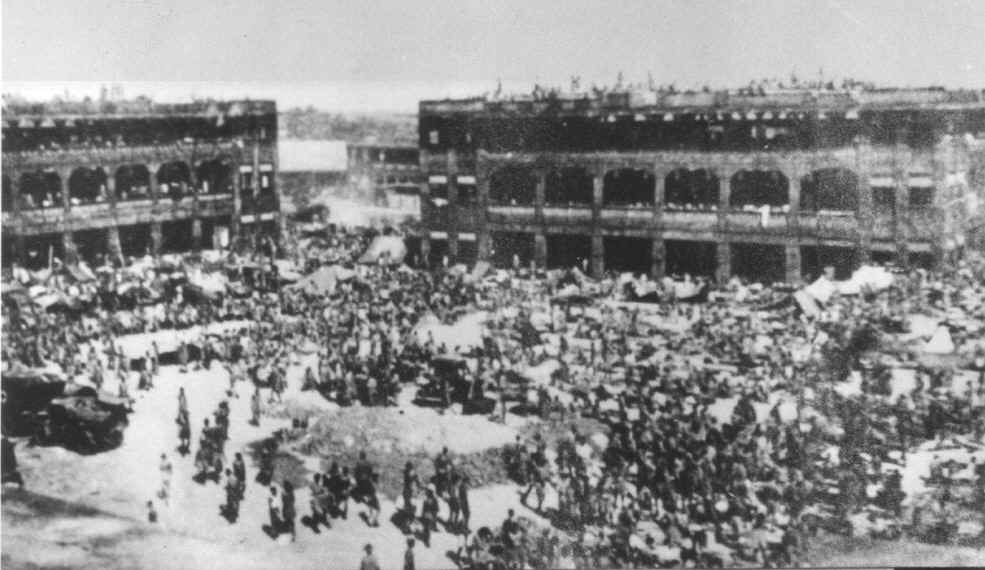
Changi was also, of course, the site of the infamous World War 2 Internment camp, where thousands of POWs suffered from dysentery. Lacking medicine or proper food, many would die as the incessant diarrhoea left them weak and utterly malnourished.
School-taught ‘Social Studies’ is a fairly sanitised affair. We learn about Britain, LKY, and the paramount importance of free trade. We also learn about food and the origins of Chicken Rice. However, what comes out is just as important as what goes in, because Singapore’s history is also a fecal history—of dysentery, nightsoil, quacks and more.
In short, it’s a story of shit.
Raffles might have his name on a hotel, but it is Lao Sai that made Singapore what it is today.
“Complaints of the Bowel”
In Singapore’s early days, diarrhoeal diseases were dismayingly rampant. The Big Three were cholera (‘the blue death’), dysentery (‘the bloody flux’) and acute gastroenteritis of the variety which still afflicts shoddy food establishments even today.
These diseases were not just widespread, but lethal. It is hard to imagine dying of Lao Sai in 2019, when the nearest hospital is twenty minutes by Grab, but I urge you to recall last year’s Spize-induced hospitalisations, as well as Unicef accounts of infant mortality. In places like Sub-Saharan Africa, diarrhoea remains the biggest killer of children.
In that sense, Singapore in the 1800s is not so different from say, Modern-day Northern Mali. According to Lee Yong Kiat’s Medical History of Early Singapore, a significant portion of hospital beds were devoted to the treatment of diarrhoeal diseases.
At the Singapore General Hospital (European Seamen’s Hospital, 1849-1850), dysentery was the second biggest source of patients after ‘fever’. There were 26 cases of dysentery, with 6 deaths.
Meanwhile, at Tan Tock Sing Hospital (The Chinese Pauper Hospital/Tocksing’s Hospital), the doctors treated 47 cases of ‘Diarrhoea’ with 15 deaths. The number seems low by contemporary standards, but TTSH only admitted 451 patients in total for that whole year.
In other words, about 10% of all patients suffered from diarrhoea.
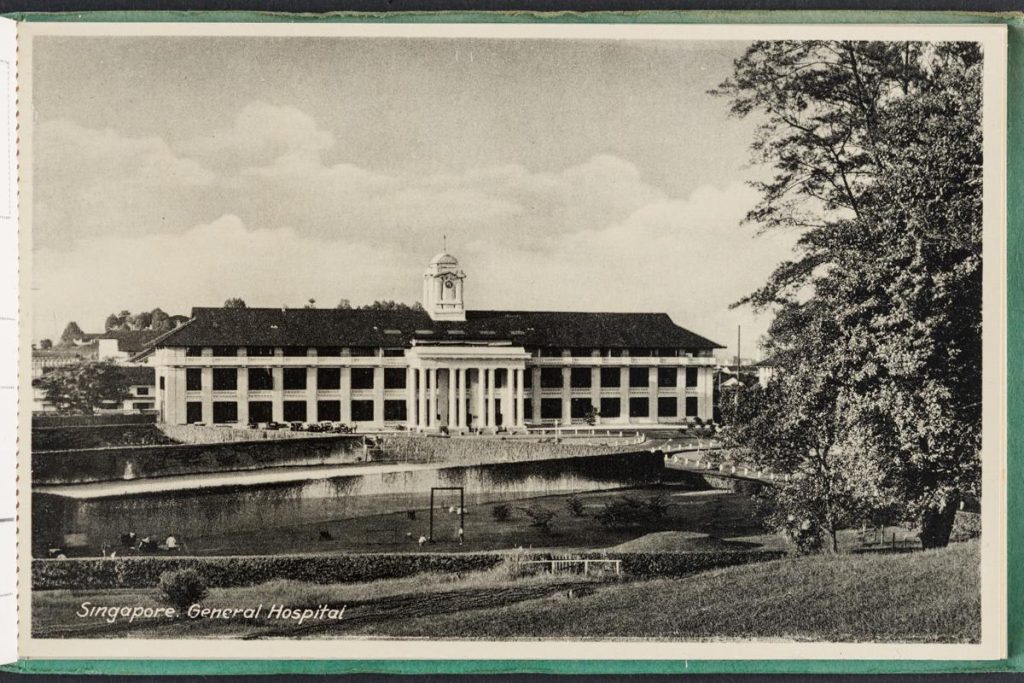
Of the Big Three, Cholera—a.k.a Cholera Morbus, Cholera Asiatica, Cholera Biliosa, Vibrio Cholerae—was no doubt the deadliest and the most worrying.
Originating from Bengal, Cholera is a water/food-borne illness whose main symptoms are vomiting and severe diarrhoea. Not the post-Mcspicy shits that we’ve experienced, but diarrhoea on a scale that’s life-threatening if not treated correctly and with great haste. The average cholera victim passes out 1 litre of fluid per hour, and death can occur within 8 hours, usually as a result of severe dehydration and shock. In its final stages, the victim’s skin turns grey and they excrete nothing but ‘rice water stools’—a transparent liquid that is almost entirely of the dead cholera bacterium.
In pre-colonial times, there was no cholera in either Singapore, Malaya, or London for that matter. The sea journey between nations was simply too lengthy and most victims died before they could infect a new port. Thanks to the expansion of colonial empires and the invention of fast-moving steamships, Cholera became a globe-trotter. In 1817, the first Cholera pandemic broke out, infecting Syria, Bangkok, and Indonesia.
Singapore was mercifully spared from its worst because the island was too thinly populated and too ulu. There was, however, a close shave. In 1821, a sickly Austrian vessel—the ‘Caroline Augustus’—requested permission to disembark at Tanjong Rhu. After sending his M.O aboard to have a look, and finding evidence of cholera, Lt. Colonel Farquhar told the captain—in so many words—to stay away. Writing to the Austrian consul-general, he told the ambassador of ‘my desire that no communication may be had with the shore’.
Unfortunately, telling people to piss off is not a viable long-term public health policy when you’re in the entrepot business. Singapore would not be so lucky in the 1850s, when Cholera returned with a fatal vengeance and stayed with us for more than a century.
“Exhorting the demons”
In January 1851, Cholera made its grand/official debut in Singapore. The Police recorded 64 deaths in a fortnight, but the real number was likely much higher. Since there was no death registration and most of our cemeteries were first-come-first-served, it is impossible to count the true cost. The resident councillor gave an aggregate of ‘not under 200’ while The Straits Times estimated the death toll at between ‘300-400’.
(For scale, the SARS epidemic of 2003 killed 33 over the course of a year.)
While we might never know how many people died in that outbreak, we have a good idea of the reaction. Cholera, because of its sudden onset and violent progress—where you literally shit yourself to death—typically causes widespread panic wherever it strikes. When it visited the French Naval Base of Toulon in the spring of 1884, people from all walks of life fled the city in droves. The wealthy went to live in Milan or Paris or their Country piles. The poor slept in roadside ditches and under trees, desperately trying to out-pace the bacterium’s advance.
In Singapore, however, there was no place to run. A ‘great panic’ seized the population. European sailors in the Seamen’s Hospital died. Chinese coolies living along the river died. In Kampung Java, 17 people were carried off by ‘this alarming epidemic’ in one weekend.

The Straits Times editor—evidently a more pugnacious journalist than Sumiko Tan—went on the warpath, accusing the colonial authorities of willful neglect and racism. He suggested, perhaps correctly, that their ‘apathy’ was because the malady was ‘not of a character that extended themselves to Europeans’. (we shall revisit this later)
Amongst the worst affected populations were the coolies, the poorest of the poor who lived in densely-packed lodging-houses. In Rickshaw Coolie, Professor Warren describes the appearance of cholera as sending “a chill down everyone’s spine”, as each man became “frightened for their own life”.
When a tenant-coolie died of cholera, the terrified neighbours swiftly removed and dumped the body beside a road, where they were later discovered (though not identified) by police constables. When there were multiple deaths in one building, the tenants fled entirely, leaving the building empty for the next group of victims.
And like a scene from Boccaccio’s Florence, ties of neighbourly and clan-based kinship broke down in the time of crisis. Friends and comrades abandoned each other for fear of contagion. Where once they pooled money and took care of their ‘fellow pullers’ in times of sickness, Cholera taught them to treat their half-dead kin almost as lepers.
It was all the more frightening because nobody knew what caused the disease or how it spread. Some coolies, believing that Cholera was a demon or ‘gui’, started noisy processions to drive off the evil choleric spirits. Dressed in masks and armed with spears, they set off ghost ships laden with incense and paper money along Rochor Canal. Firecrackers were set off and Monks waved swords, ‘exhorting the demons’ to leave.
The Malay community tried something similar to scare away ‘Hantu’ Cholera. In one contemporary account from 1873, “A large crowd of Mohammedan natives last night paraded the streets of the Town, making the night hideous with their incantations to Heaven to avert the scourge.”

You can sense the British condescension in these accounts, though I’m not sure where their confidence came from. Prophylactic fire-crackers and incantations to heaven might sound silly, but it was surely an improvement over contemporary English methods of stopping diarrhoea, some of which were worse than useless.
Dr Thomas Oxley—of Oxley road fame—suggested that Cholera is best treated by inducing vomiting with ‘saltwater emetics’, while my alma mater—King’s College Hospital—recommended stopping diarrhoea with Castor Oil, a powerful laxative later favoured by Mussolini.
Meanwhile, the Royal College of Physicians recommended Ice Kacang as a treatment for cholera.
Yes, you heard that right—Ice Kacang.
In a report published by the Straits Times, it provided the following recipe/remedy: “Ice should be powdered by beating it in a coarse cloth or bag and then mixed with only as much water as will give it the appearance of a thin potable jelly. A little jam or lemon may be mixed with it to give it a flavour …”
I’m not a medical doctor, but safe to say—it was as refreshing as it was useless. In fact, once cholera made it into your GI tract, nothing helped. There was no cure, and precious little anyone could do about it. During outbreaks, medicines were provided at police stations, so friends of the afflicted could act as nurses. But since these medicines were brandy, calomel, and peppermint, it’s hard to say to what extent the mass placebo helped.
In one telling anecdote from 1858, Senior Surgeon Rose of the European Seamen’s Hospital departed for Penang in the middle of a Cholera outbreak. Naturally, everyone was quite peeved at this blatant act of mid-crisis chao keng.
In an angry letter dated April 22, Singapore’s governor demanded an explanation from his recalcitrant senior surgeon, arguing that he should have ‘deferred his leave’ until Singapore was cured.
Dr. Rose was not cowed. He pointed out that he had treated many Cholera cases on the frontline. His leave was ‘sick leave’, totally necessary because the good doctor had been suffering from ‘recurrent diarrhoea’ for months. The governor was satisfied with the excuse, but needless to say, how depressing to learn that your Chief Medical Officer could not control his own diarrhoea.
There is, however, a silver lining to all this death and despair. During the serious 1873 outbreak, which started at the lunatic asylum but quickly spread to the neighbouring areas of Kandang Kerbau (near KK Hospital for Women and Children), Rochor, and Kampung Glam. Patients in the General Hospital at Kandang Kerbau were moved because the swampy, poorly-drained area was considered a health risk. They were moved to Outram Road, a site which was spacious, close to town, and most importantly, well-drained, which ‘reduced the chances of a cholera outbreak’.
At the recommendation of principal civil medical officer H.L. Randell, the general hospital would remain at Outram thereafter, in the same place where SGH now stands.
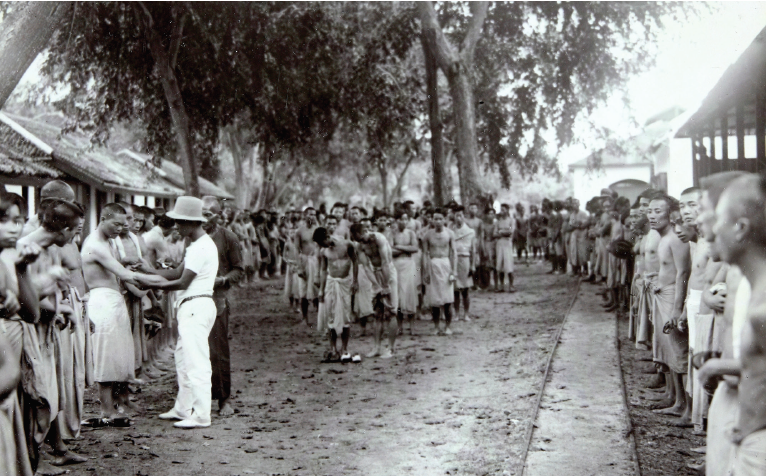
The 1873 outbreak also proved to be a turning point for public policy. For the longest time, colonial authorities were happy to let the invisible scythe of Capitalism and/or Darwin work its magic. After the devastation and outcry of 1873, the government was forced to take a more proactive role in governing.
Three ordinances were passed. The first was the Registration of Births And Deaths Ordinance. The second was the Vaccination Ordinance. The third was the quarantine ordinance, which eventually led to the construction of a lazaretto on St John’s Island—where ships coming from infectious ports could be safely checked and quarantined.
They made it through the legislative process unscathed, despite the protests of a mercantile community who complained that quarantines would hurt business.
”More or less diluted cesspools”
The truly awful thing is, Diarrhoeal diseases were mostly preventable. Cholera’s means of transmission was understood as early as 1854 and a vaccine was available by the late 19th century. The same was true for dysentery and gastroenteritis. A Japanese scientist had isolated the bacteria in 1897.
But even in the absence of laboratory results, there was a good lay understanding of how to prevent Lao Sai. The health board—during a cholera outbreak—warned the population to drink only boiled water. Rickshaw coolies likewise preferred ‘hot tea with sugar’ because drinking it ‘bolstered their defences’ against ‘acute gastroenteritis’. This factoid showed that—both on the government and street-level—many people actually had a functional knowledge of how to prevent diarrhoea, even if they lacked a ‘scientific’ understanding of microbiology.
If this was the case, then why did people continue to die of diarrhoea all the way until after World War 2? Why was there, in Prof Warren’s words, ‘no sustained decline’ commensurate with the increase in medical knowledge?

Perhaps unsurprisingly, the answer was inequality. Diarrhoeal diseases continued to ravage the island because the means to prevent them were a luxury few could afford. For the poor, malnourished, and the people living in pestilential slums, firm stools was an aspiration as distant as a freehold condo in 2019.
Hot tea with sugar, for example, was—and is—a relatively effective means of preventing diarrhoea because boiling kills off germs. Unfortunately, few coolies could afford hot tea, at least not in sufficient quantities.
Driven half-mad by Singapore’s scorching weather and by the immense physical exertion of pulling a rickshaw on bad roads—sometimes running for more than 10 miles at a stretch—most coolies threw themselves at any available roadside well, ditch, or stream. After drinking from these contaminated sources out of sheer exhaustion, they fell sick and died.
Today, we would probably call it an ‘occupational hazard’.
Clean reservoir water was available, of course, if you happened to be a passing merchant vessel. According to Contesting Space In Colonial Singapore by Professor Brenda S.A. Yeoh, dirty well water was the norm for ordinary people. If you were a ‘native’ living in Chinatown or Kampung Glam, your daily water needs were met most by a backyard well. The upside was that water was free. The downside was that it was poisonous because these makeshift wells lacked impermeable linings to protect them from the surrounding filth.
Filthy groundwater and latrine discharge could contaminate the well and kill you. Nightsoil men, who washed their buckets by throwing them in the well, could contaminate the well and kill you. Diarrhoea sufferers who didn’t wash their hands before drinking could contaminate the well and kill you.
In a 1902 Municipal health survey of some 3,877 wells, 3265 of them were considered toxic. They were not wells per se, but in the words of one Dr. G.A. Finlayson, government bacteriologist, they were ‘more or less diluted cesspools’.
These diarrhoeal diseases were not just physically painful, but financially hurtful as well. Due to the lack of effective treatment, and an ignorance of (admittedly limited) medical options, bowel complaints were often left to god or nature. In the meantime, the sufferers were unable to earn a living and thus the disease sapped them of both their ‘strength and savings’.
Even after they recovered, many were too weak to work, or alternatively, worked extra hard to make up for the debts incurred during their illness. As a result, some of them fell ill again, thus continuing the vicious circle of poverty and diarrhoea.
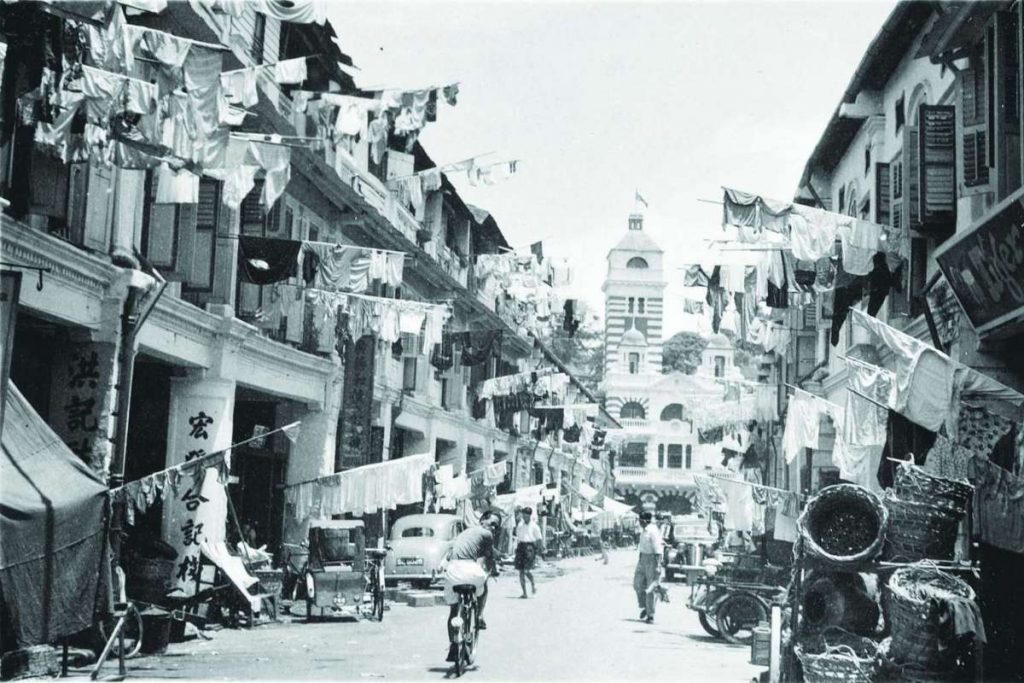
The British response to this crisis was mixed, at best. While some government officials like Dr Charles Dumberton or J.T Thomson lobbied for a proactive approach to health, water, and sanitation, the overall response was a resounding ‘meh’. In Prof Warren’s judgment, the policy was one of “procrastination, wrangling and failures”.
Take, for example, everyone’s favourite jogging track MacRitchie Reservoir. Although it is named after Municipal Engineer James MacRitchie, the original funding for the project came from a wealthy Chinese philanthropist named Tan Kim Seng, who provided a $13,000 donation if the colonial government made a pinky-promise to deliver free fresh water for all and sundry.
Even so, the Thomson Reservoir took some 20 years to complete because of the usual bureaucratic stinginess. There was likewise no public money for well inspections, hospitals or a proper sewer system. Sanitation and health depended heavily on private funding.
Despite the increasingly hysterical municipal reports with sentences like, “It cannot be said that any serious attention had been given to this important branch of public health” (Dr Charles Dumberton) and “The lack of a proper and efficient water supply left Singapore open not to the chance, but the absolute ultimate certainty of epidemics” (Dr W.R.C Middleton), the government continued to drag its feet.
Part of the delay was not just garden-variety incompetence, but probable prejudice. Diarrhoeal diseases were often blamed on ‘Asiatic habits’. They were not crises to be tackled because they stemmed from the ‘insanitary and immoral lives of Asiatic races’. Since the ‘in-sanitation’ was a ‘hereditary Chinese instinct’, there was little and less the colonial government could do to improve things. Dirty people lead dirty lives in dirty places, and so it goes.
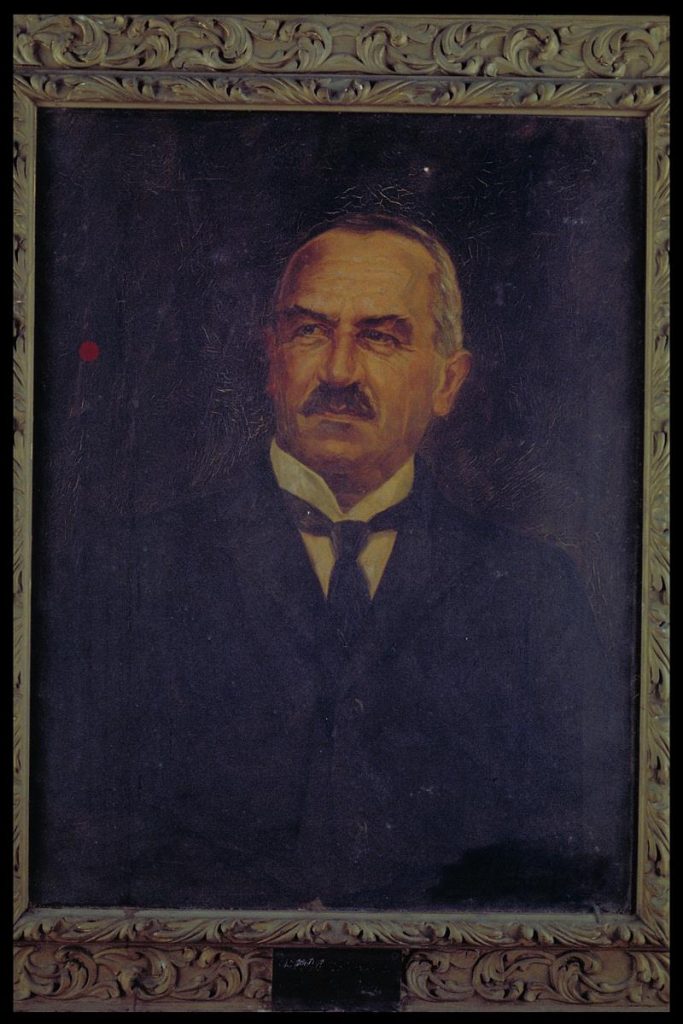
But as every academic of colonial Singapore would point out, such thinking was not only flawed but deeply self-serving.
It’s true that 80% of Cholera victims were Chinese, but filth is not genetic. It is easy to avoid diarrhoea when you live in a Tanglin bungalow with your own private water supply. Less so when you are sharing a latrine and a ‘diluted cesspool’ with 20 other people, with one water source for everything from bathing to cooking. By all accounts, severe overcrowding in urban areas was the principal reason why ‘bowel complaints’ were a leading cause of death.
However, by blaming the coolies for causing the diseased/filthy environment, rather than seeing them as the victims of a diseased environment which they were too poor to escape, the government could dodge the responsibility of carrying out oh-so-expensive housing and sanitation reforms.
What’s the point of building sewers and houses for the irredeemably ‘undesirable’ coolies? Why indeed, when the money could be spent on more profitable ventures? After all, cheap labour is cheap labour, and the dead could be easily replaced. Southern China had no shortage of human capital.
“Pineapple”
Every year, on Feb 15, Total Defence Day, Singapore educates its young by making them eat sweet potato porridge—a staple food of the Syonan years. I applaud MOE’s creative pedagogy but lament their lack of culinary imagination. At my own primary school, the canteen aunties worked wonders with white rice, tapioca, and sugar. Most of us were left full and happy and wondering what the big deal was. The Japanese occupation tasted alright, we told each other, grinning.
In retrospect, a more objective lesson in the horrors of war could have been had by giving the pupils a strong laxative, followed by a severe beating.
I’m joking, of course, but not about the historical experience. Secondary school social studies textbooks speak in abstract terms about the ‘suffering endured during the Japanese occupation’ and how the Kempeitai ‘tortured’ Lim Bo Seng to death, but they spared us the grisly, shitty details.
As you probably suspect by now, the severity of gastrointestinal distress increased dramatically during World War 2.
For one thing, diarrhoea might have been one of the reasons why Singapore lost in the first place. As any decent World War 2 historian can tell you, British forces in Singapore outnumbered the Japanese, and there was plenty of ammunition left in Fort Canning. The real problem was a desperate lack of clean water. The Japanese had already captured the main reservoirs, and through near-constant air-raids, ruptured most of the above-ground pipelines carrying fresh water. Municipal engineers were unable to repair them in time, at least not without the aid of anti-aircraft defences, which had already run out of ‘Bofors’ ammo.
Since “water failure was imminent and an epidemic threatened the overpopulated city”, the allied forces decided to surrender.
It is impossible to determine if surrender was the right humanitarian decision, but it was definitely insufferable for the British and Anzac soldiers who were taken prisoner. POW is a generous term for what they went through. I would use the word ‘torture’.
According to an oral history account compiled by Wellcome Institute for the History Of Medicine, much of this torture was caused by the proliferation of diarrhoea and dysentery at Changi, where there was neither water nor medical supplies.

By some accounts, upwards of 5000 people contracted dysentery in the atrocious, overcrowded camp, after up to 15,000 men were squeezed in a barracks designed for 800. Diarrhoea, according to Dr Geoff Gill from the Liverpool School Of Tropical Medicine, was a fate which few, if any, could avoid.
Hugh De Wardener was a Royal Medical Corp Captain who served in the dysentery ward before eventually getting dysentery himself. The pain of bloody discharge was so intense that he compared it to the experience of getting sodomized by a pineapple. To relieve the pain, he tipped the end of the bed up, allowing him to put his feet up, thus easing the swelling in his anus and providing some much-needed relief. In the absence of actual medicine, POWs consumed kaolin—porcelain clay—as a cure. It may sound bananas, but the clay did help, although it also had the unfortunate side effect of ‘bunging up’ one’s intestines.
Captain Wardener eventually recovered, but most of those shipped north to work on the Thai-Burma Railway were not so lucky. Those prisoners lay on the bamboo beds in their own excrement, all bones and skin, enjoying only the occasional beating from the Japanese soldiers who were incensed by the laziness of dying men.
A similar fate awaited war hero Lim Bo Seng of Force 136 in Malaya’s Batu Gajah prison.
According to the testimony of Tan Chong Tee, a fellow inmate and Force 136 volunteer, he had contracted bloody dysentery in the midst of a hunger strike protesting the prison’s abysmal conditions. He quickly became weak and bed-ridden. Tan Chong Tee was also suffering from dysentery, but he managed to rouse himself to plead his comrade’s case to the warders.
The plea fell on deaf ears. Instead, the Kempeitai dragged him into a block reserved for dying men and left him on the ground without medicine or water, where he lay for the next three days. His ‘tormented cries for help echoed through the prison compound’, before fading away after ‘midnight’.
When confronted with their murderous behaviour, the warders claimed innocence because they ‘did not receive instructions’ from Kempeitai higher-ups.
Outside the prison walls, an epidemic raged in the civilian population. According to the Annual Report on the Registration of Births and Deaths for the years 1940-47, deaths from dysentery increased almost tenfold. In 1940, 256 people died of dysentery. In 1944, the death toll climbed to 2,777. Due to the widespread malnutrition and ‘strict controls’ on medical supplies, many who would have otherwise recovered died of their illness. As it turns out, their deaths were completely avoidable. When the British re-occupied the General Hospitals in Penang and Singapore, they discovered massive stockpiles of medicine—an estimated one year’s worth was lying fallow in the store-rooms.

But perhaps the most damning of all diarrhoea-related trivia during World War 2 were the Japanese attempts to weaponise it. Japan’s wartime research into and use of biological weapons is well-known. (Just type ‘Unit 731’ into your Google search bar and prepare to regurgitate your breakfast).
However, less well-known is how the Imperial Japanese Army opened a franchise for their war crimes in Singapore called OKA 9420.
Its name sounds like a Japanese Pop group, but its activities were decidedly less wholesome. Housed in a wing of the Singapore General Hospital, OKA 9420 was staffed by some 600 people, including 150 doctors—apparently released from their Hippocratic Oath. The unit manufactured pathogens like cholera, dysentery, anthrax, smallpox, malaria, and typhus for military use in China and Southeast Asia. Although diarrhoeal diseases were featured, the Singapore speciality was apparently Plague fleas, which grew strong and healthy in our balmy weather. The late Minister Othman Wok, who worked as a lab assistant for OKA 9420, wrote in his memoir Never In My Wildest Dreams about ‘trapping rats’ for their fleas, who could then be infected with bubonic plague.
After the war, OKA 9420’s commanders were brought to justice and executed by a War Crimes Tribunal.
Just Kidding. Its commanding officer, Lt. Colonel Ryoichi Naito, never even faced charges. In exchange for sharing his research on biochemical weapons with the USA—and not those fucking Soviets—his entire unit was granted immunity from war crimes prosecution.
By all accounts, the good doctor returned to Japan and enjoyed a successful medical career, before founding a highly-regarded pharmaceutical company called Green Cross Corp.
He died peacefully in July 1982, at the age of 76.
“Keep Singapore Clean”
I don’t know how often Lee Kuan Yew thought about Lao Sai, but since he lived through World War 2, it’s safe to say that Ah Gong had seen and smelled the worst. Whether this experience influenced his later policies, we don’t know. My guess is yes.
It’s hard to imagine otherwise. LKY’s obsession with cleanliness and order makes a lot more sense with the benefit of historical context. As does his claim, made to the BBC, that: “a cleaner city would create a stronger economy.”
The prohibition on hawkers, the ‘Keep Singapore Clean’ campaign, and the millions collected in NEA fines may seem draconian—but not if you boast an intimate (or traumatic) acquaintance with debilitating diarrhoea.
It’s a disgusting, stomach-churning subject, but also an illuminating one. So much of the past is anchored by ‘great’ people and outsized personalities. As a result, we miss smaller players, like Mr. Shigella—the bacteria responsible for causing dysentery. He/she/it probably had a greater impact on the course of our history than those administrators whose names adorn our roads and public buildings.
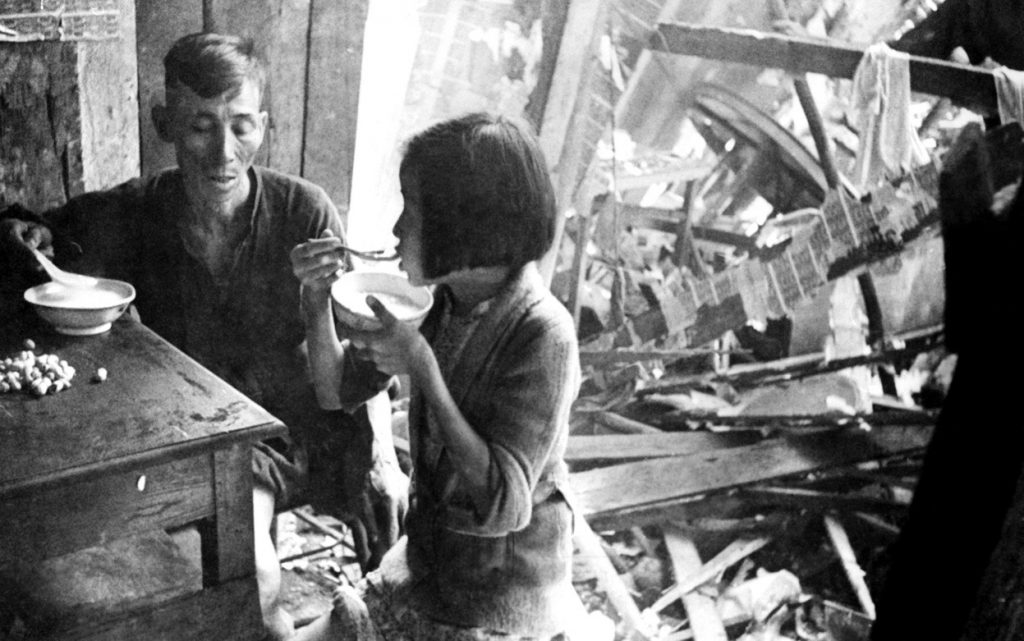
Likewise, Lao Sai also proves a useful counterpoint to those who argue that free trade and colonialism is da best. It’s just a teeny bit more complicated than that.
The British left behind many great things—like sausage buns and Habeas Corpus—but their ill-conceived, let-it-be doctrine towards housing and public health also left a trail of corpses. Looking back at the Palladian architecture and the Raffles Long Bar, it’s easy to think maybe everything wasn’t so bad. It wasn’t—if you were European and rich. For the rest, not so much. It is sad to imagine the countless people—of every race—who died in their own excrement, without the company of friends and family, for the want of a few cents of clean water.
So the next time you are encamped upon a toilet because of too much McSpicy or improper vegetable preparation, don’t just curse the heavens. Take the chance to ponder your connection to the past: SGH was built where it is because of diarrhoea. Hawker centres came into being because of cholera scares, as did St John’s Island and Cold Storage. The river that runs through our past is not just a bustling canal of commerce and prosperity; it’s also a stream of excrement.
Don’t forget to wash your hands.
Sources:
Contesting Space in Colonial Singapore: Power Relations and the Urban Built Environment by Professor Brenda S.A. Yeoh, Department Of Geography, National University Of Singapore
Rickshaw Coolie: A People’s History of Singapore 1880 -1940 by Professor James Francis Warren, Professor Of History And Southeast Asian Studies, Murdoch University
The Medical History Of Early Singapore by Dr Yong Kiat Lee
The Japanese Occupation Of Malaya and Singapore, 1941 – 45, A Social and Economic History by Paul H. Kratoska
Naples In The Time of Cholera,1884 – 1911, by Professor Frank M Snowden, Harvard University
Wellcome Trust, Mosaic Science, Unposken: the forgotten prisoners of war
Biblioasia, NLB, Secret War Experiments In Singapore

